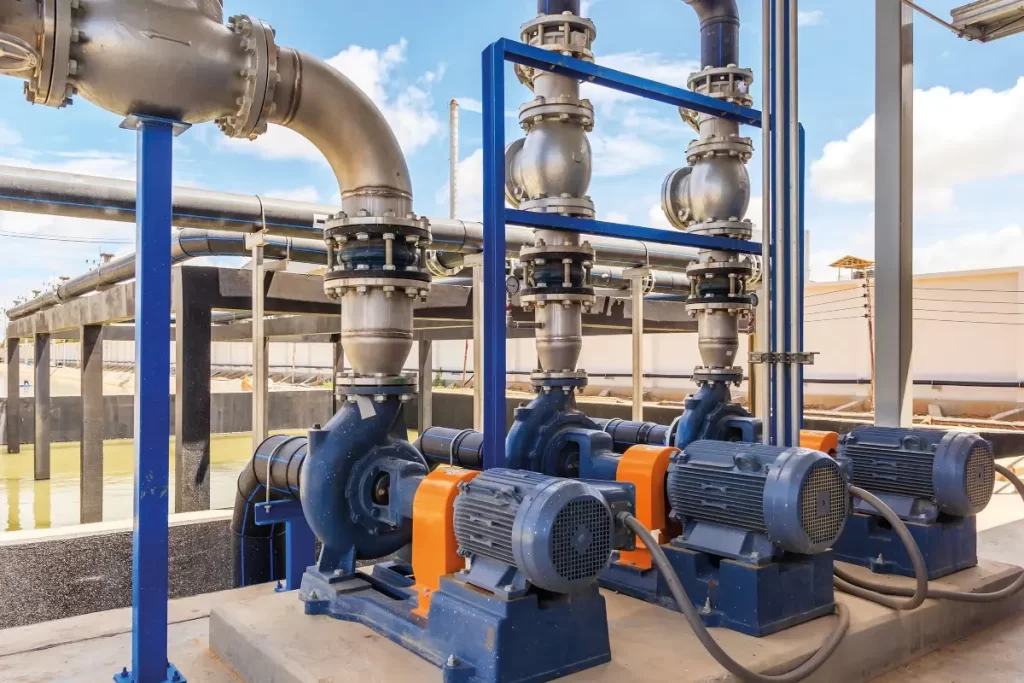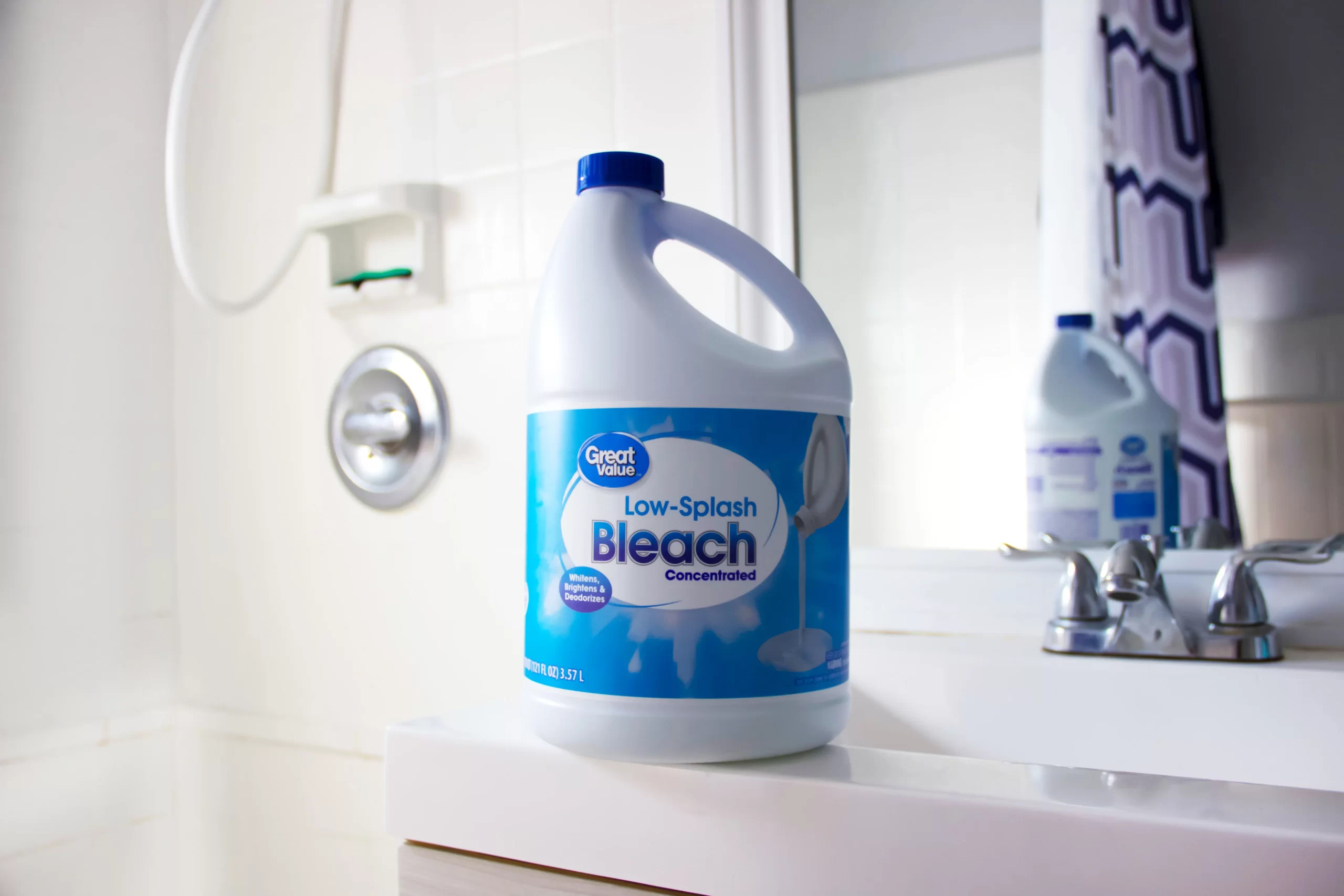Table of Contents
Rainwater harvesting is becoming an increasingly popular way for Irish homeowners to reduce their water usage and bills. With Ireland’s high levels of rainfall, rainwater harvesting provides a sustainable and cost-effective solution to conserve water. This comprehensive guide will explain everything you need to know about implementing a rainwater harvesting system at home in Ireland.
What is Rainwater Harvesting?

Rainwater harvesting is the process of collecting and storing rainwater for reuse, rather than allowing it to run off into drains. The rainwater is collected from surfaces like rooftops and stored in tanks or barrels. It can then be used for non-drinking purposes like watering gardens, flushing toilets, and washing clothes. This reduces the amount of treated tap water needed in a home.
Why Harvest Rainwater in Ireland?
Ireland has a wet, temperate climate with quite high annual rainfall in many areas. This makes it well-suited to collecting rainwater. Other benefits include:
- Saves water – Using stored rainwater reduces demand for treated mains water. This helps conserve water.
- Saves money – Less water used from the mains supply reduces utility bills.
- Good for the environment – Rainwater harvesting reduces water pollution and stormwater runoff.
- Reliable supply – Stored rainwater supplies during dry periods when rain is scarce.
- Good for plants – Rainwater is soft, free of chemicals, and great for gardens.
Assessing Your Rainwater Harvesting Needs
Before installing a system, you need to estimate how much rainwater you are likely to use. Consider:
- Roof size – Larger roofs allow more rainwater collection.
- Rainfall in your area – Check annual rainfall statistics for your location.
- Use of water – Will it be used for gardening, flushing toilets, or washing clothes?
This helps determine what size tanks, pipes, and filters you will need. A specialist can help assess this.
Choosing a Rainwater Harvesting System
There are several types of systems, from simple to more complex:
Simple System
This involves connecting barrels under drainpipes to collect rainwater. A basic filter removes leaves and debris. The water can be used with a watering can for gardens.
Pumped System

This has a large storage tank, pipes that divert rainwater from gutters, and an electric pump. The pump distributes water to taps around the home.
Complex System
A complex system has a large tank, pump, coarse and fine filters, and treatment system. It can provide water for all non-drinking uses in a home.
Consider your budget and needs. A specialist can recommend the best system for your home.
Installing Your Rainwater Harvesting System
Proper installation is key to an effective system. The main steps are:
Install Gutters and Downpipes
Gutters and downpipes collect rainwater from the roof. They should carry water efficiently to the tank.
Set Up the Tank
These stores collected rainwater. The tank size depends on your needs. Underground tanks help with limited space.
Add a First Flush Diverter
This captures the first rainfall which can contain debris and contaminants from the roof.
Install a Filter
A filter removes leaves, grit, and organic matter. Choose the type of filter based on your tank size and water use.
Add a Pump (If Required)
A pump system allows the distribution of water around your home. The pump size depends on the extent of water use.
Connect to a Non-Drinking Water System
Valves and taps provide access to rainwater for toilets, washing machines, garden taps, etc.
Overflow Pipes
Excess water flows into storm drains. These prevent overflow and flooding.
Getting a professional installer ensures your system operates efficiently and safely.
Maintaining Your Rainwater Harvesting System
To keep your system working well:
- Inspect gutters seasonally and clear leaves and debris
- Check the first flush diverter and filter – clean them when blocked
- Inspect tanks for leaks and keep lids secure to prevent mosquitoes
- Monitor the water level in the tank and use rainwater before it overflows
- Replace filters as required per manufacturer instructions
- Get professional tank cleaning done periodically
Proper maintenance improves water quality and maximizes benefits.
The Environmental Benefits
Rainwater harvesting offers great environmental advantages:
- Reduces water demand – Lower dependence on mains water reduces energy used for treatment and pumping.
- Lower water pollution – Less stormwater runoff means fewer pollutants entering waterways.
- Lessens flooding – Drainage systems cope better with reduced volume of stormwater entering.
- Uses natural resources – Reduce reliance on tapped groundwater and reservoirs.
Adopting rainwater harvesting contributes to a sustainable lifestyle and a healthier environment.
Is Rainwater Harvesting Cost Effective?
While installing a system requires an initial investment, the ongoing savings make it worthwhile:
- Setup costs depend on the type of system, size of tank, and features.
- But you can save on water bills as mains water usage is reduced.
- Savings of 50% or more on bills are possible with an effective system.
- Costs are recouped over time through lower bills.
- Larger savings where mains water is more expensive.
- Environmentally conscious buyers may pay more for homes with rainwater harvesting.
Over the long term, the savings and benefits make rainwater harvesting a smart investment.
Close Up
Implementing rainwater harvesting at home provides a sustainable and cost-effective way to reduce mains water usage in Ireland. With the country’s plentiful rainfall, homeowners can utilize this free natural resource. Careful planning and setup of the system allow it to meet a household’s specific water needs. While requiring some initial investment, the long-term savings and environmental benefits make rainwater harvesting worthwhile. This smart water conservation approach reduces bills, helps the environment, and provides reliable access to a high-quality water source for non-drinking uses.




